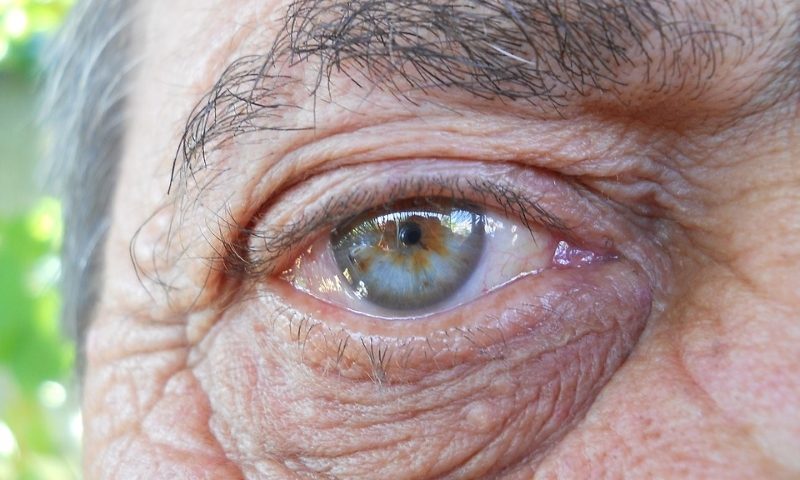Sanofi and Regeneron’s Dupixent has already proven its value in treating atopic dermatitis and asthma. But could it also prove useful in age-related macular degeneration (AMD), a common cause of blindness in people over age 65?
A new eLife study by a group of scientists at Tottori University in Japan suggest that just may be the case. The researchers argue that the immune molecule interleukin-4 (IL-4) and its receptor—which Dupixent inhibits—could be promising targets for treating AMD.
In AMD, inflammation in the eye leads to excessive growth of blood vessels in the retina, a process that can cause vision loss. The Tottori team put forward the Dupixent hypothesis after finding that elevated IL-4 levels abnormally activate bone marrow cells. That promotes the development of the blood vessels that are the culprit in AMD.
Scientists are already aware that stem cells in bone marrow play a key role in the repair of damaged tissues. Normally, IL-4 is known to be a potent inhibitor of the formation of new blood vessels. So the Tattori researchers set out to determine the functional roles of bone marrow cells and IL-4 in AMD.
First, they found that patients with AMD had higher levels of IL-4 in their eyes than did individuals who were undergoing surgery for cataracts. IL-4 was also increased in a mouse model of AMD.
To determine whether IL-4 was inhibiting or stimulating AMD, the researchers injected IL-4 into the mice. They found that blood vessel formation was significantly exacerbated in a dose-dependent manner. By contrast, treating the mice with an anti-IL-4 antibody reduced the size of abnormal blood vessels, and the same phenomenon happened in animals that were engineered to lack IL-4.
IL-4 is a well-known target in inflammatory disease. The JAK-STAT signaling pathway—the target of such drugs as Novartis and Incyte’s Jakafi—is also believed to have a role in modulating IL-4.
But not all drug development efforts aimed at IL-4 inhibition have panned out. Sanofi recently stopped a phase 2 trial of its bispecific IL-4/IL-13 antibody SAR156597 in idiopathic pulmonary fibrosis.
Previous research has demonstrated that bone marrow cells are involved in the formation of early AMD eye lesions. In the Tattori study, the researchers showed that IL-4 induced a type of cytokine called CCL2, which boosted the recruitment of bone marrow cells expressing its receptor CCR2.
The current standard of care for the wet form of AMD are anti-VEGF therapies such as Regeneron and Bayer’s Eylea to block the growth of new blood vessels. Another popular method being explored is regenerative medicine. A team led by the National Institutes of Health’s National Eye Institute, for example, recently developed a new technique that involves using chemicals to turn skin cells into light-sensing photoreceptors in the retina. The loss of these cells is associated with several eye diseases, including retinal degeneration.
Findings from the Tattori team suggest that targeting IL-4 may serve as a novel approach to treat AMD. “Our results show that IL-4 plays a crucial role in excessive blood-vessel growth by recruiting bone marrow cells that aid this growth to the lesion in the eye,” Takashi Baba, the study’s co-first author, said in a statement.

